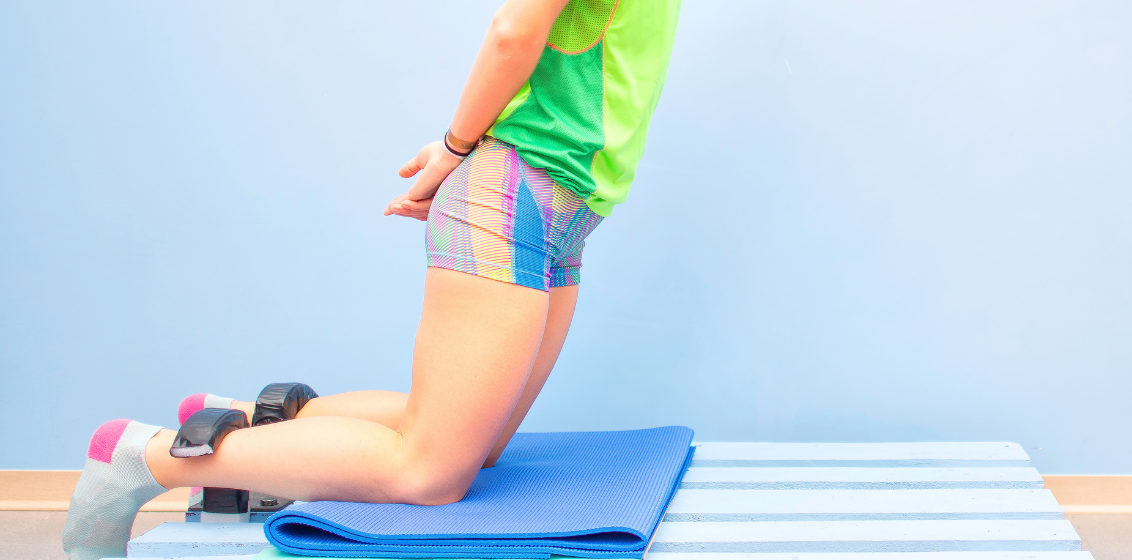“Not Tennis” elbow

Anyone who’s had “tennis elbow” will know what an absolute pain it can be. It hangs around for ages, can make it difficult to do basic tasks around the house and stop you doing things you love.
Since the advent of the two-handed backhand, tennis is probably the least likely cause of pain in the outside corner of the elbow. Nowadays it’s more likely to be “kettlebell elbow”, “battle-rope elbow” or “finish that backyard landscaping project” elbow. Read on to find out why, what we can do and how long it will take to settle down.
The current medical name for tennis elbow is “lateral elbow tendinopathy” (LET). In plain English this means a painful tendon condition on the outside of the elbow. It’s usually where the strong forearm muscles attach to the bone and is caused by repetitive work, sport or gripping activity. It’s most common from 35-55 years old and the bad news is that if you get a good dose of it and don’t get anything done, it can last for over a year and is likely to relapse a few times!
We are noticing more of this frustrating injury in those of you who are trying lifting, swinging and fast upper limb activity in bootcamp style workouts. Certain positions of the arm (palm down, elbow straight and gripping all done together) put high loads through the muscle and tendon on the outside of the elbow. Activities that put high levels of stress on these forearm muscles include kettlebell swings (poorly done), battle-ropes, single arm cleans, power bag training and pull-ups. Poor technique, large volumes done to fatigue and a big change in overall training load (7-day free trial anyone?) are ideal conditions to stir up your tendons.
So how do we fix it?
This depends on how angry your tendons are by the time you come to see us and how many of the 6 secret warning signs you display when you do. They’re secret, but our testing includes an ice cube, grip strength testing and pushing on your neck and shoulder. Our scientifically backed Clinical Pathway algorithm is designed to accurately diagnose and treat your elbow problem to get you back doing the things you love.
How long will it take?
Best case scenario, you are looking at 6 weeks minimum to get back there. We use evidence-based methods including
- Education and advice to help you find a level of activity to settle down and then build up your elbow again
- Brace or tape to help settle pain quickly
- Specific hands-on treatment to your elbow and other joints shown to produce faster and more effective pain relief
- Exercise tailored to your individual testing findings and starting point. From gentle isometrics to settle pain, building to higher load strengthening exercises and eventually re-integrating your entire upper limb to get you back to work, sport and exercise tasks
The research also tells us that most of you will also have some “stuff” going on a bit further uphill, so we’ll usually do some work on your neck joints and start shoulder and scapular strengthening to improve everything from the neck down.
What about the worst-case scenario?
If you’ve left it a long time, or you’re just unlucky, you might eventually come to see us with problems like
- Marked muscle weakness
- Nerve symptoms like pins and needles, hyper-sensitivity or shooting pain
- Significant neck and shoulder pain
- Severe pain and disability
The first thing we’ll do is recognise the 6 secret warning signs I mentioned earlier and adjust our treatment approach. We’ll back off the hands-on and exercise stuff, so we don’t stir you up. We’ll probably discuss seeing your GP for some medication to settle things a bit and start some gentle elbow exercises and neck and shoulder treatment from the start which can help settle your elbow. We’ll spend at least 6 weeks settling things right down before we push your strengthening work back up again. Overall, the research suggests that at least 3-6 months of this approach is reasonable to try before looking at other more invasive treatment like surgery.
Can’t I just get a Cortisone?
Yes, you can, if you want short term gain AND long term pain. But we wouldn’t recommend it. Here’s why.
Research shows cortisone injections DO produce pain relief for the first 6 weeks, but the price you pay is a WORSE result at 6 and 12 months compared to doing nothing at all or having Physio and exercises. Even throwing Physio treatment at you AFTER the injection can’t help you once you’ve had the cortisone. This matches up with results for cortisone in almost every other tendon problem in the body. Cortisone is not great for the health of your tendons, with evidence of increased tendon ruptures after injections.
So what should you do?
We’re biased, but the science backs us up by recommending early Physio and exercise treatment. Don’t suffer and add months to your recovery, come and see us to start the road to recovery today.


